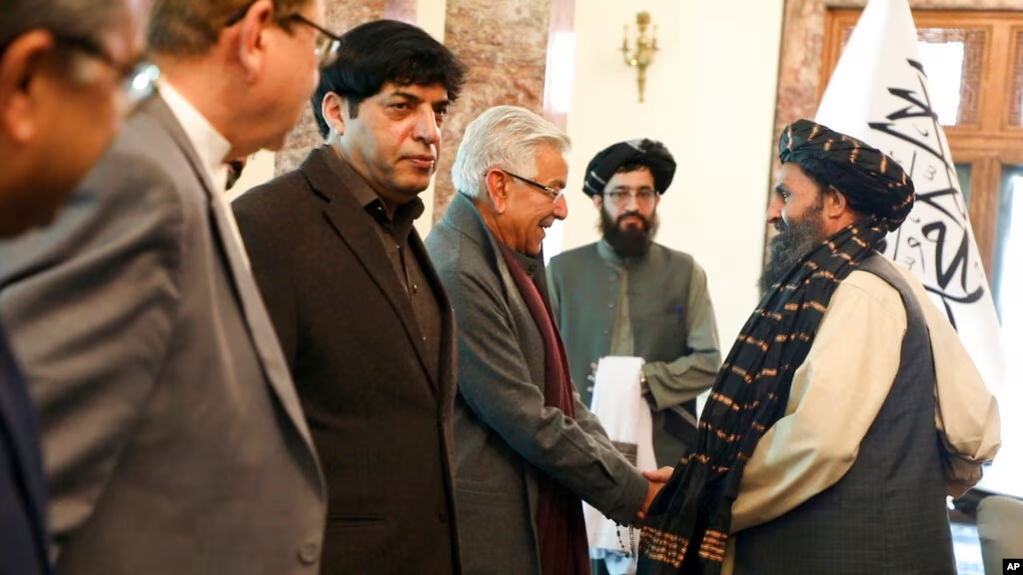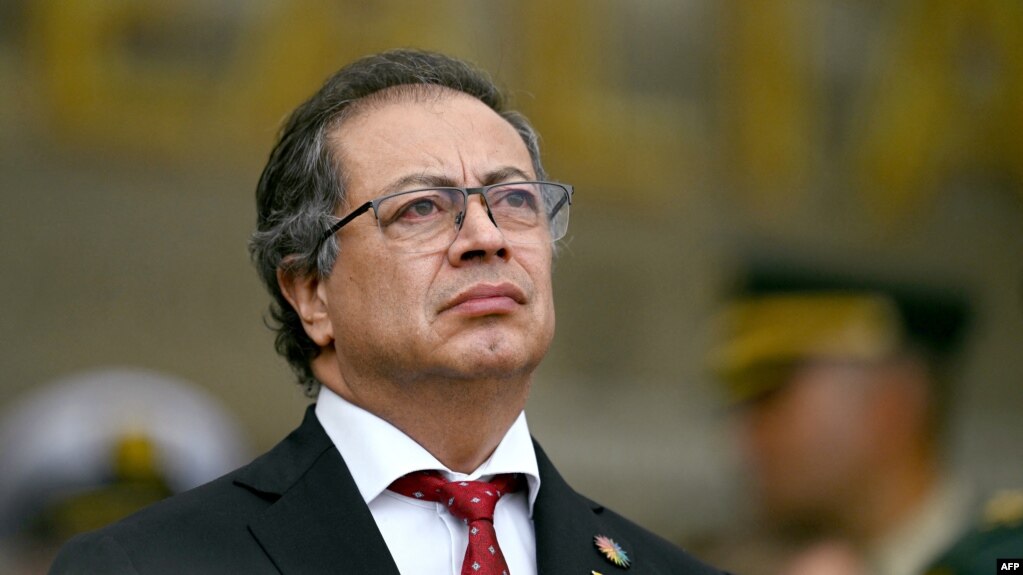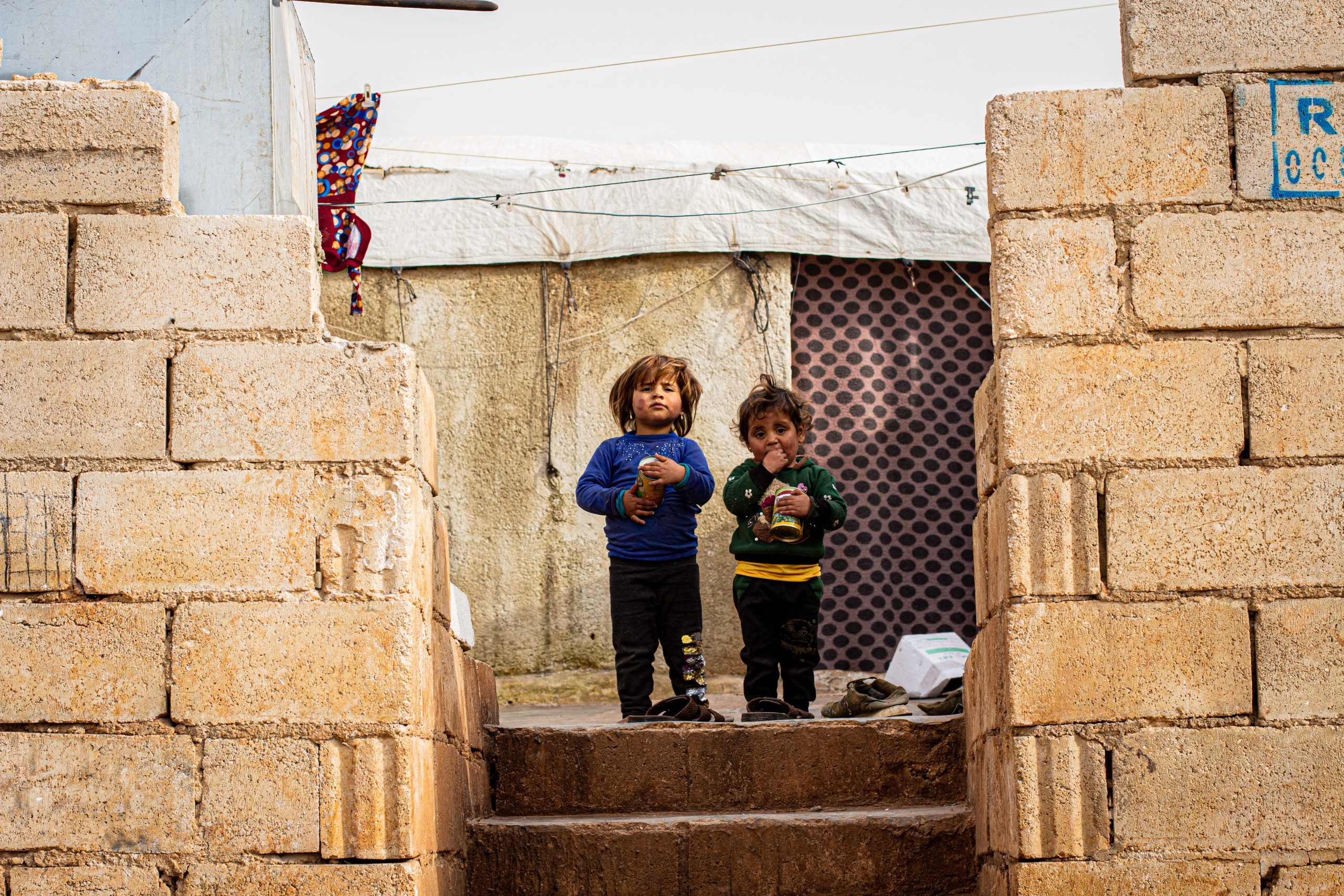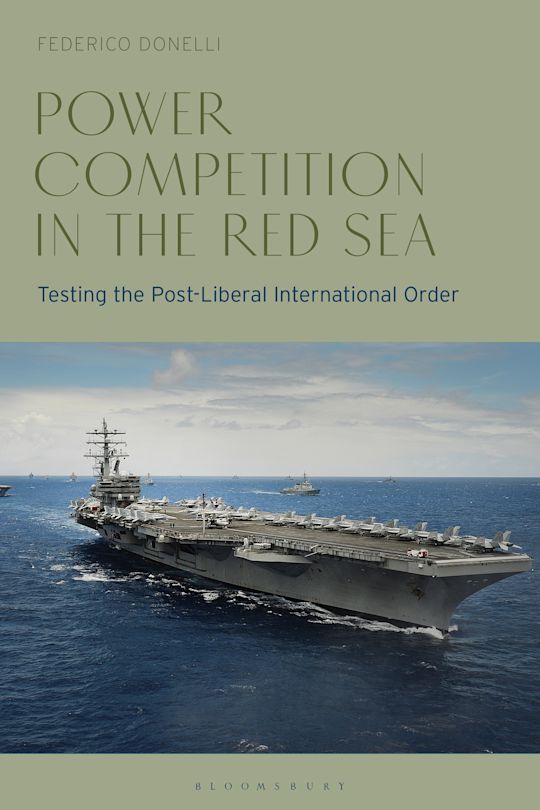
Somali Prime Minister Hamza Abdi Barre’s recent visit to Las Anood was heralded as a historic event, eliciting a mix of positive reactions from supporters of national unity and strong negative reactions from Somaliland. However, rather than consolidating the Somali state-building process and promoting greater dialogue with the newly elected Somaliland government, the visit appeared to be a political move aimed at strengthening Barre’s position and diverting attention from setbacks in the fight against al-Shabaab. In the medium term, Barre’s decision further undermined the president’s position in relation to the federal member states and international stakeholders.
Somalia’s Prime Minister Hamza Abdi Barre visited the disputed town of Las Anood in Sool province. Sool, Sanag and Cayan (SSC) is an area within the borders of Somaliland. It is a disputed region between Somaliland, Somalia, and Puntland. Tensions regularly erupt into riots and violence around Las Anod, the epicentre of the Sool region. Tensions also stem from a historical clan rivalry between the Isaaq (on whom Somaliland’s authority is based) and the Dhulbahante, who are in the majority in the SSC area. The Dhulbahante refused to join the Somaliland independence project and were initially supported by neighbouring Puntland. As a result, the SSC regions, particularly Sool and Sanag, were at first a disputed area between Somaliland and Puntland. Later, however, Dhulbahante received the full support of the federal government in Mogadishu. Revising the original plan to create an independent state (Kathumo State), Dhulbahante leaders claim they want to create a single autonomous region and annex it to Somalia. Dhulbahante aspirations have been formally recognised by Mogadishu’s decision to begin the process of granting SSC federal membership. However, this decision clashes with the reality of the situation. Mogadishu has no control or authority over these provinces. Over the years, Somaliland, which has the most control over the SSC region, has pursued a dual policy towards the Dhulbahante. On the one hand, it has used force against Khatumo’s armed wing. On the other hand, it promotes dialogue with political groups in an attempt to co-opt them into the country’s politics.
For this reason, the Somali Prime Minister’s visit to Las Anood was portrayed as a ‘historic‘ moment by the Mogadishu government and nationalist media. It was the first visit to the town by a Somali prime minister in decades. There are a number of reasons for the Prime Minister’s decision. First of all, it is purely personal. Barre has suffered a series of blows to his image and popularity in recent months due to, the crisis in Jubaland last December. The Mogadishu executive tried to oust Jubaland President Ahmed Madobe – a long-time ally of Barre – on charges of treason and violation of the constitution. Tensions erupted in the battle of Ras Kamboni, with the Somali National Army (SNA) suffering a crushing defeat. Therefore, the political purpose of the visit was to underline his importance in the wider clan politics, and in particular the pan-Darood politics. Barre is on the lookout for allies and has identified SSC-Khaatumo leader Abdikhadir Ahmed Aw-Ali ‘Firdhiye as one of them. In other words, Barre wants to co-opt a new Darood constituency – Dhulbahante sub-clan – to restore his relevance in Somali politics.
At the same time, the reasons for the trip include factors related to the dynamics of the Somali state-building process. In addition to Jubaland and Somaliland, all of Somalia’s federal member states have expressed frustration with the administrative hyper-centralisation promoted by Mogadishu at the expense of their autonomy. In recent months, there have been increasing calls for autonomy from various parts of the country. For this reason, the visit to Las Anood was intended to whip up anti-secessionist sentiment against both Somaliland and other federal member states (Jubaland, Puntland). The town has significant symbolic and political value in the eyes of unionists. Indeed, Las Anood has a special place in Somalia’s collective memory. Somali narratives portray the town as the spiritual birthplace of Somali unity and the cradle of the anti-colonial movement.
Although Barre’s message was addressed to all the federal member states, Somaliland remains the main target of the visit. Historically, the national government in Mogadishu has used Las Anood as a lever in Somaliland politics. On several occasions in recent years, Somali actions have exacerbated tensions in the SSC region. Somalia’s intention is not only to destabilise the authorities in Hargeisa. It also wants to damage Somaliland’s international image. Indeed, reports of clashes and arrests risk undermining Somaliland’s extensive publicity and lobbying, which has made internal stability a cornerstone of its independence claims. Barre and Mogadishu in general have been most concerned by the signals coming from the SSC-Kathumo government in recent months. Following the presidential elections in Somaliland, the local political and clan leadership began to show a willingness to embark on a path of reconciliation with Hargeisa. The new government, led by President Abdirahman Mohamed Abdullahi (also known as Hirro), intends to adopt a more conciliatory approach towards Mogadishu by easing tensions with the Dhulbahante clan. This prospect therefore undermines Mogadishu’s ability to influence the disputed region and Somaliland’s politics, causing concern among various Somali clans. Barre therefore decided to act quickly. However, his decision split the government internally, forcing a further reshuffle of ministers.
Barre’s trip was also aimed at consolidating the position of President Hassan Sheikh Mohamud (HSM). The latter is currently experiencing the weakest moment of his second presidency. Indeed, the government in Mogadishu faces a number of interrelated challenges. The most important one is the fight against al-Shabaab. In recent months, the terrorist organisation has made significant gains in the areas surrounding the capital. The positive effects of the large-scale offensive launched by the SNA in cooperation with civilian militias and external partners in 2022 are now a distant memory. Once again, the Mogadishu authorities had to deal with all the political and administrative constraints and lost control of the liberated areas. The recent rapid revival of al-Shabaab, and the federal government’s inability to manage and control the territory, has heightened the concerns of international actors. Among many supporters of the Somali state-building process, there is a palpable sense of fatigue. Therefore, international partners viewed Barre’s trip unfavorably, as it risked reigniting the feud with Somaliland, potentially leading to another crisis in the region. In the immediate future, the biggest doubts concern the future of United States involvement. Al-Shabaab’s resilience is seen as a symptom of the failures of state building and governance in Somalia. As a result, support for closing the embassy in Mogadishu and withdrawing most American personnel is increasing within the State Department. Further, in the context of the Trump 2.0 administration’s restrained foreign policy, there are also serious doubts about the funding of the AU mission in Somalia.
In light of these developments and the advances made by al-Shabaab, the Somali government has once again requested assistance to one of its main partner: Turkey. A recent meeting between the HSM and President Erdogan secured the deployment of an additional 500 Turkish troops to Middle and Lower Shabelle in support of the SNA. This effectively doubles Turkey’s military presence in Somalia. In return, Ankara will receive a guaranteed additional percentage of energy revenues (90% in total). This situation is more of a gamble than an adventure for Turkey, which is the most vulnerable external actor in its support for Mogadishu. It remains uncertain whether private military contractors will accompany the Turkish troops sent to Somalia. If the situation deteriorates, this could offer Ankara a less politically costly way to withdraw.
Barre’s trip risks producing results contrary to his intentions. At best, it could have minimal impact on Somalia’s current fragility; at worst, it could further undermine the central authority in Mogadishu, both internally and in its relations with the federal member states. Like his predecessors, President HSM is more concerned with the challenges of state-building in a clan-based context than with the threat posed by Al-Shabaab. Al-Shabaab’s resurgence is directly linked to the political failures of the Somali authorities. Mogadishu appears increasingly dependent on external support, focusing on securing funds and contracts that must respect clan loyalties. This has led to a fragile system that exacerbates the disconnect between the realities on the ground and the needs of the population, inadvertently strengthening al-Shabaab. As a result, there is a growing recognition among international actors that the current military strategy – focused on drones and propping up a weak government – is ineffective and requires a significant reassessment. For some time now, the international strategy towards Somalia has appeared to be at a critical juncture. There are three viable options: maintenance of the status quo, withdrawal of support, or a radical rethink of the country’s approach and future.
The U.S. is facing a challenging situation with regard to its commitment in Somalia. There is clear evidence of growing fatigue, as demonstrated by the decision to drastically reduce funding for the upcoming AU mission. This reflects the DOS’s and the White House’s doubts about the future of the central government in Mogadishu. Like other international stakeholders, Washington aims to avoid a scenario similar to that in Afghanistan. The primary concern is not only the potential failure of the liberal peacekeeping model, but also the risk of a crisis that could cause the whole region to become more unstable. In light of the current situation, it is likely that the US will continue to support security efforts in Mogadishu by utilizing drones to assist Somali National Army (SNA) operations. Furthermore, the U.S. may increase its economic, and potentially diplomatic, involvement in Somaliland. This is not seen as a direct alternative to Mogadishu, but rather as a ‘plan B’. In other words, if the situation in Somalia were to deteriorate, the US, along with other international stakeholders, would consider Hargeisa a safe option for maintaining its regional footprint.
*image credit: VOA.




